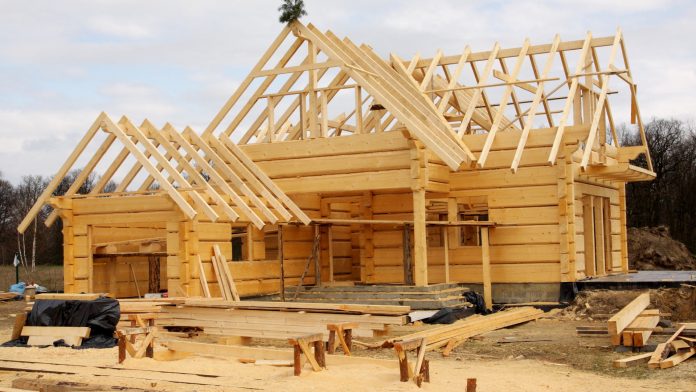A perfect “economic” storm is brewing.
And no, it’s not forming where analysts usually look (the yield curve). Nor is it indicative of a recession.
The thunderheads rolling over the horizon this morning come by way of the housing market, which, based on current data, is set for a shortage crisis in 2020. Simply put, there aren’t enough homes to meet the demands of buyers.
And once folks stop buying, prices could plummet. That’s most certainly a bad thing. Should the industry remain unchanged, we might see it happen.
Thankfully, though, the free market exists, ready to shift to meet the needs of consumers.
Or, in this case, Americans interested in purchasing new homes.
The ones doing the actual “shifting” will be homebuilders – the corporations tasked with constructing our humble abodes. The impending housing shortage, coupled with a surprisingly robust economy, has put them in a very strong position heading into next year.
In fact, according to the National Association of Home Builders (NAHB) Housing Market Index (HMI) – a gauge of builder sentiment – confidence is at a 20-year high. As of its December reading, the single-family home market leaped 5 points to 76, the highest the HMI has been since 1999. Anything above 50 is considered a positive number.
Last December, the index clocked in at 56. After the 2008 financial crisis, it fell to a measly 8.
In other words, builder sentiment – and by proxy, the homebuilder sector – is in a near-perfect place.
The SPDR S&P Homebuilders ETF (NYSE: XHB) is trading near its 2-year high.
And to some analysts, that means homebuilder stocks could possibly be undervalued, especially since the expected HMI reading was 69, two points down from November’s. Instead, the index beat estimates handily.
Within the homebuilder sector, the historic HMI “beat” has yet to truly appear. And while that might seem like a buying opportunity for bulls, it also could be the result of the industry’s limiting factors.
“While we are seeing near-term positive market conditions with a 50-year low for the unemployment rate and increased wage growth, we are still underbuilding due to supply-side constraints like labor and land availability,” said Robert Dietz, the NAHB’s chief economist.
“Higher development costs are hurting affordability and dampening more robust construction growth.”
And though Dietz’s commentary is likely true, NAHB Chairman Greg Ugalde still thinks conditions are ideal for future growth.
“Builders are continuing to see the housing rebound that began in the spring, supported by a low supply of existing homes, low mortgage rates and a strong labor market,” he said.
Whether that translates to a homebuilder “boost” in 2020 remains to be seen. But for now, despite the headwinds created by a lack of labor and available land, investors have reason to feel optimistic about homebuilder stocks moving forward.
Provided that the Fed keeps rates low – something that, at this point, remains a part of the central bank’s long-term plans.








